Adding Heat & AC to Basement during Remodel
Norah Mahon
6 years ago
Featured Answer
Sort by:Oldest
Comments (11)
tigerdunes
6 years agomharon
6 years agoRelated Professionals
Irvington Solar Energy Systems · Asheville Home Automation & Home Media · Boston Home Automation & Home Media · Saint Augustine Home Automation & Home Media · Centennial Fireplaces · Norridge Fireplaces · Columbus General Contractors · Mountlake Terrace General Contractors · Orangevale General Contractors · Oxon Hill General Contractors · Dunwoody Flooring Contractors · Everett Flooring Contractors · Kirkwood Flooring Contractors · Miami Flooring Contractors · Morgan Hill Flooring ContractorsAustin Air Companie
6 years agomharon
6 years agomike_home
6 years agoNorah Mahon
6 years agomike_home
6 years agoBruce in Northern Virginia
6 years agoionized_gw
6 years agomharon
6 years ago
Related Stories

HEALTHY HOMEWhat to Know About Controlling Dust During Remodeling
You can't eliminate dust during construction, but there are ways to contain and remove as much of it as possible
Full Story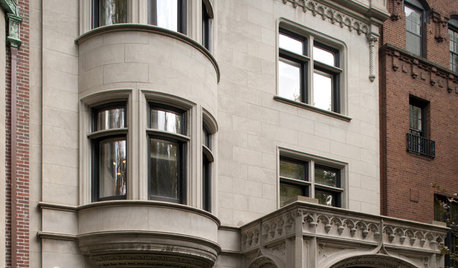
REMODELING GUIDES8 Ways to Stick to Your Budget When Remodeling or Adding On
Know thyself, plan well and beware of ‘scope creep’
Full Story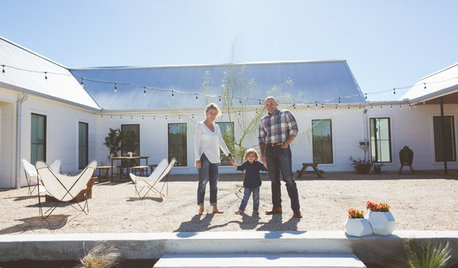
REMODELING GUIDESHow to Remodel Your Relationship While Remodeling Your Home
A new Houzz survey shows how couples cope with stress and make tough choices during building and decorating projects
Full Story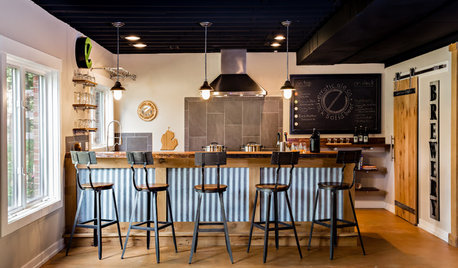
ROOM OF THE DAYBasement Remodel Welcomes an Industrial-Style Home Brewery
An interior designer creates a space for a Michigan homeowner to pursue his beer-making hobby and entertain friends
Full Story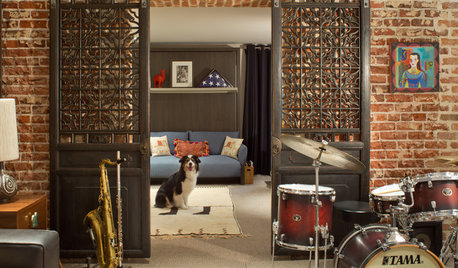
BASEMENTSTrending Now: Escape the Summer Heat in These 10 Cool Basements
From a modern Hollywood hangout to a sophisticated jazz lounge, these top new basements are refreshingly chill
Full Story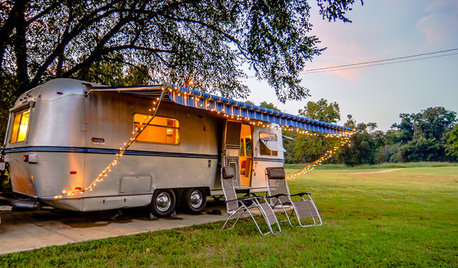
HOUZZ CALLWhere Did You Stay During Your Remodel?
Did you live through the noise and dust during your project, rent a place or camp in your backyard? Tell us your story
Full Story
REMODELING GUIDESHow to Care for Pets and Children During a Remodel
These strategies can help protect animals and children from hazardous materials, construction areas and stress
Full Story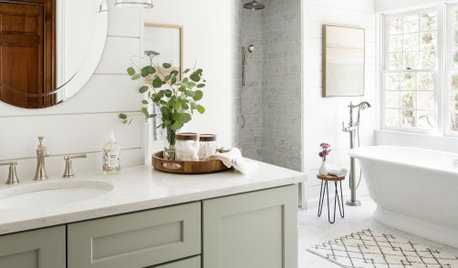
BATHROOM DESIGN14 Design Tips to Know Before Remodeling Your Bathroom
Learn a few tried and true design tricks to prevent headaches during your next bathroom project
Full Story
MOST POPULAR15 Remodeling ‘Uh-Oh’ Moments to Learn From
The road to successful design is paved with disaster stories. What’s yours?
Full Story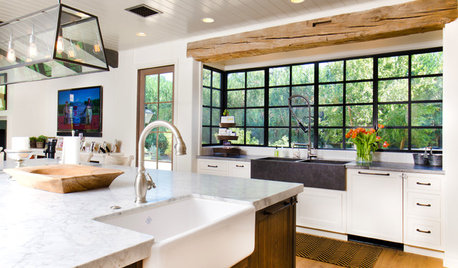
REMODELING GUIDES5 Trade-Offs to Consider When Remodeling Your Kitchen
A kitchen designer asks big-picture questions to help you decide where to invest and where to compromise in your remodel
Full StorySponsored
Columbus Area's Luxury Design Build Firm | 17x Best of Houzz Winner!
More Discussions







mike_home